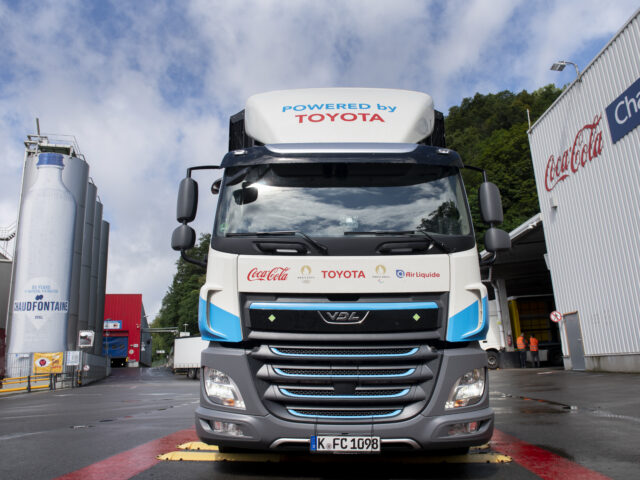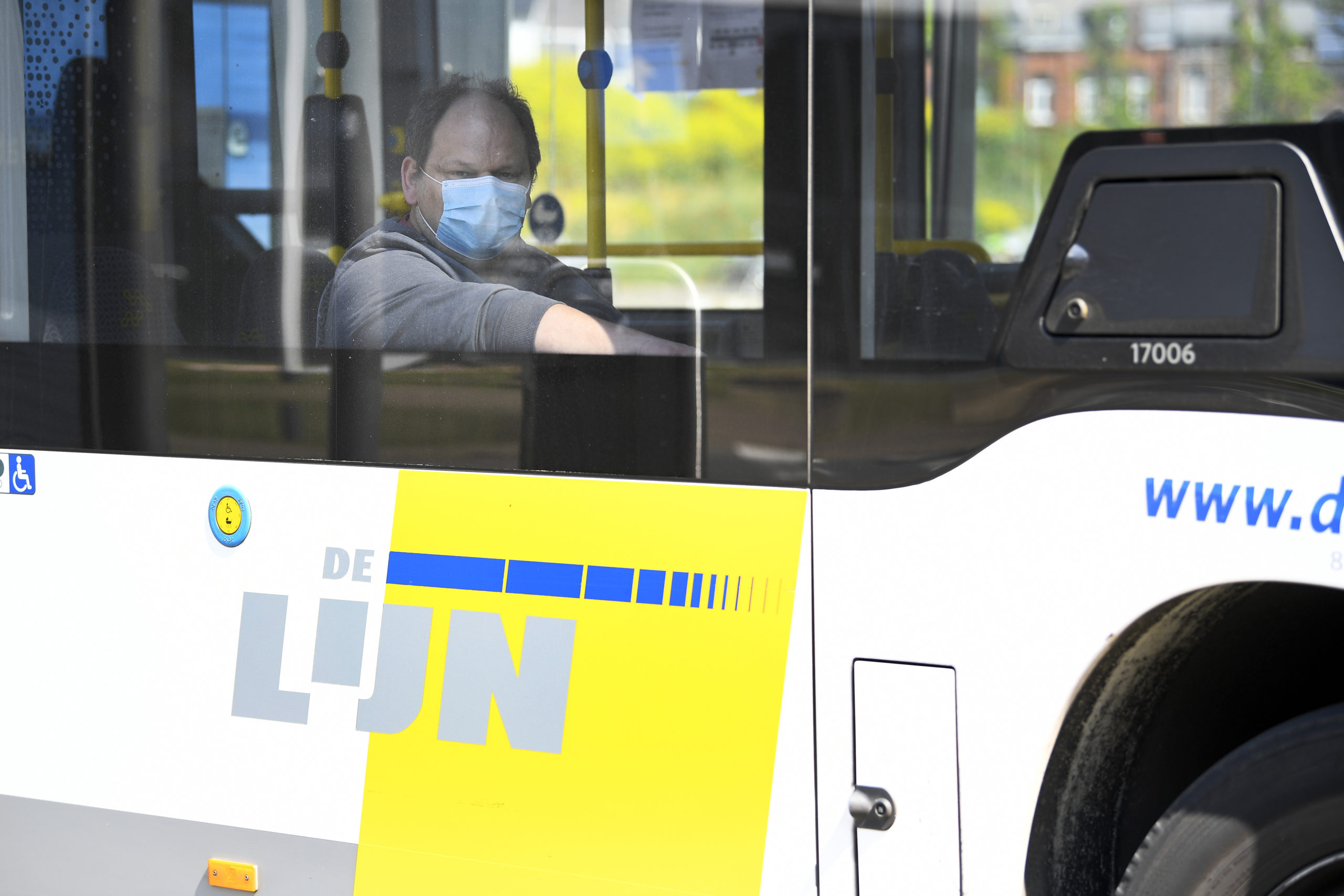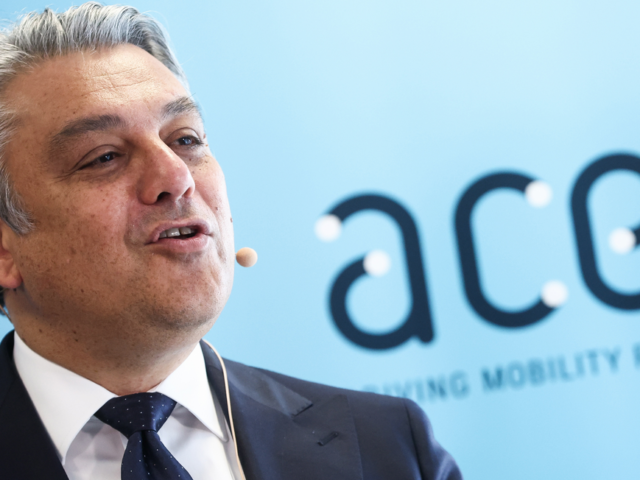
Corona: fewer public transport users, revenues, and traffic jams

During the first lockdown in spring, the De Lijn introduced the holiday timetables; later that year, the company even needed additional (school) buses /Belga
The corona pandemic has seriously impacted the Belgian public transport companies. In 2020, the number of passengers of De Lijn in Flanders


Comments
Ready to join the conversation?
You must be an active subscriber to leave a comment.
Subscribe Today